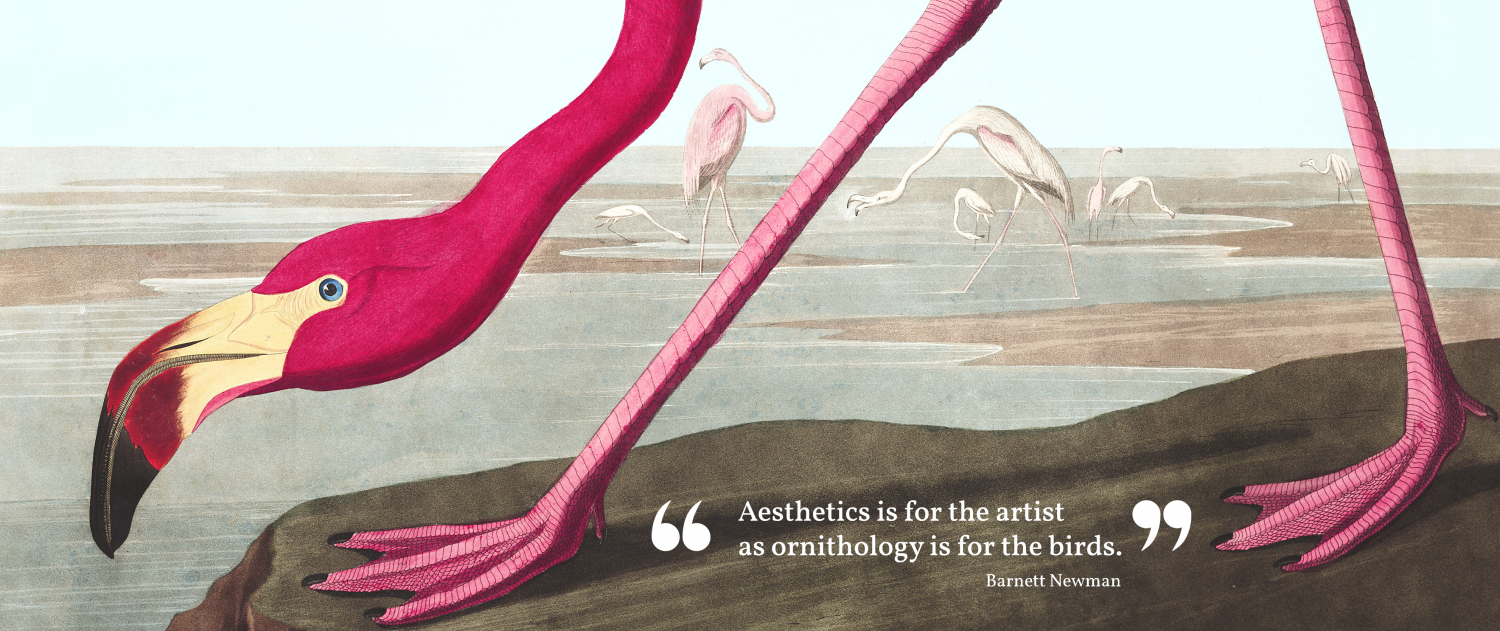When we ask questions about AI art, we are really asking why we care about art at all. Continue reading

November 2, 2023
by Aesthetics for Birds
1 Comment


November 2, 2023
by Aesthetics for Birds
1 Comment
When we ask questions about AI art, we are really asking why we care about art at all. Continue reading

January 13, 2022
by Aesthetics for Birds
2 Comments
Six scholars discuss the complicated history of Hagia Sophia and its recent conversion to a mosque Continue reading

July 13, 2021
by Aesthetics for Birds
0 comments
“Improvisation is essential for human existence. It’s a gift to play this particular given.” Continue reading

March 18, 2021
by Anthony C.
5 Comments
What is the artistic status of an NFT? And is it a good thing or a bad thing for creativity in the art world? Continue reading
February 14, 2019
by Aesthetics for Birds
0 comments
What follows is a guest post from Darren Hudson Hick (Texas Tech University). A few weeks back, as my aesthetics undergrads were taking their final exam, I was sitting in the back of the room, reading Susan M. Bielstein’s 2006 book, Permissions, A Survival Guide: Blunt Talk about Art as Intellectual Property. It’s a book about the history, legality, and pragmatics of art permissions, and it’s a page-turner. Seriously: it’s easily one of the best books about copyright that I’ve read in years (and, by God, that’s saying a lot). Bielstein is the executive editor for art, architecture, classical studies and film at the University of Chicago Press, so she knows what she’s talking about, and she’s an enviably good writer. Accompanying each image in the book is a note about how much Bielstein paid to use the image, and to whom. On page 58 is a reproduction of Robert … Continue reading

January 31, 2019
by Aesthetics for Birds
6 Comments
Blackfeet author Sterling HolyWhiteMountain talks about what it means to call something “Native Art” and whether it’s a useful category. Continue reading
June 13, 2018
by utahphilosoraptor
2 Comments
What follows is a co-authored post by AFB staff writers Matthew Strohl and Mary Beth Willard. John Corvino writes, of the narrowly decided Masterpiece Cakeshop v. Colorado Civil Rights Commission, that the Supreme Court punted on many of the substantive issues: What counts as protected speech, and why? Does it matter if the cake is custom? If it has words on it? How do we distinguish messages that are integral to one’s identity as a member of a protected class and those that are incidental to it? We suspect it does matter if the cake is custom, but that the focus on messaging is a red velvet herring. To our minds, this isn’t primarily an issue of protected speech, at least in the sense being widely discussed in connection with the recent SCOTUS decision. Sherif Girgis and Robert P. George argue that custom wedding cakes bear expressive content, in particular, … Continue reading
December 4, 2017
by utahphilosoraptor
3 Comments
Short answer: no, but a great clickbait title. Long answer: it’s possible that the CIA promoted abstract expressionism as an expression of soft power, meant to contrast the individualism of American artists with the realism of Soviet-approved art. Either way, I’m thinking that those philosophers of art who attempt to define art really err when they failed to include “sponsored by the CIA” as one of their criteria… Image credit: “Flag” (1955) by Jasper Johns at MoMA, photo by Nathan Laurell via Flickr
November 11, 2017
by utahphilosoraptor
0 comments
(AfB was way ahead of the game on the 5Pointz lawsuit. Just saying.) So the jury’s back with a recommendation, and the jury has decided that when Gerald Wolkoff whitewashed the graffiti mecca at 5Pointz, he broke the law; under VARA, he should have given the artists sufficient notice so that they could preserve or remove their artwork. The judge gets the final say on the verdict and on any penalty, but the jury’s decision is still a big deal, as this marks the first time that VARA has been decided by a jury in court. The artists argued, under VARA, that their work was of reasonable public stature, and so they needed to be given 90 days notice. If the news reports are correct, the lawyers for the developer argued that VARA was irrelevant, because the case concerns property, and presumably they argued that street art didn’t qualify for … Continue reading
October 25, 2017
by Alex King
4 Comments
In September this year, French-Luxembourgian performance artist Deborah De Robertis exposed her vagina in front of the Mona Lisa at the Louvre. A few days ago, she was acquitted of charges of sexual exhibitionism by Paris’s High Court. Why? Because (a) her intent was not sexual in nature, and (b) the “material element of the crime” was missing (= you couldn’t *see* her genitalia because pubic hair obscured it). (Yes, you may giggle now.)